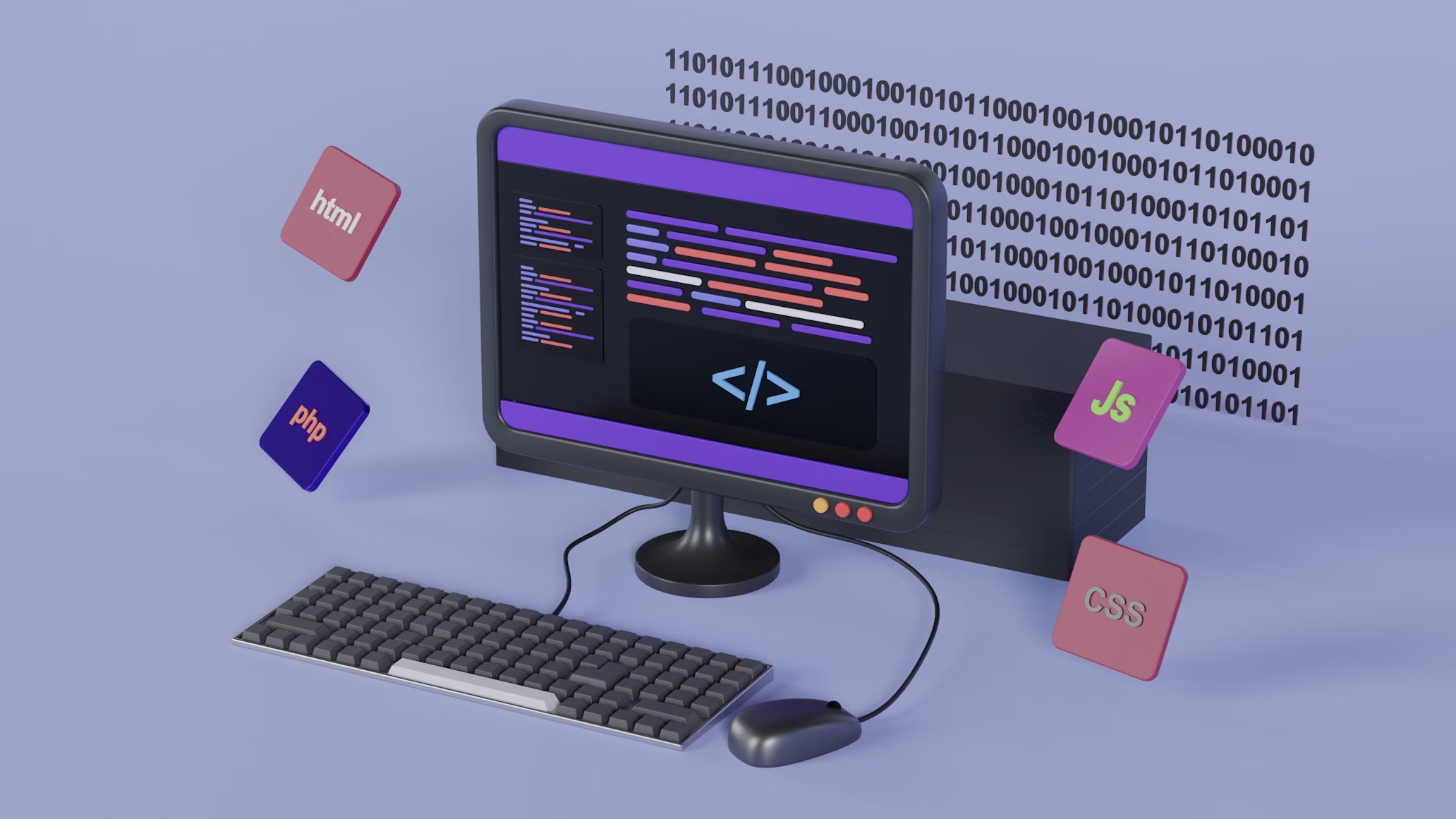
Google is significantly expanding global access to Opal, its experimental AI app builder that focuses on vibe-coding. The application, which allows users to create mini web apps using only text prompts, is now available in 15 additional countries. This global rollout includes nations across Asia and Latin America, specifically Canada, India, Japan, South Korea, Vietnam, Indonesia, Brazil, Singapore, Colombia, El Salvador, Costa Rica, Panamá, Honduras, Argentina, and Pakistan.
Driven by User Ingenuity
Megan Li, a senior product manager at Google Labs, explained the rationale behind the rapid expansion. She noted that when Opal launched in the U.S. in July, Google expected users to build only simple, fun tools. Instead, the company witnessed a “surge of sophisticated, practical and highly creative Opal apps.” Li emphasized that the ingenuity of these early adopters made it clear that Google needed to get Opal into the hands of more creators globally.
Opal enables users to build functional web apps simply by entering a plain-language description of the app they wish to create. The tool then uses various Google AI models to generate the functional prototype. Once the app is ready, users can refine and customize the process using a visual workflow editor to view and adjust inputs, outputs, and generation steps. Users can click any step to review or manually edit the underlying prompt, or add new steps using Opal’s toolbar. Completed apps can be instantly published to the web and shared via a link, with others able to test them using their own Google accounts. This easy accessibility positions Opal against competitors like Canva, Figma, and Replit, who are also building tools to help nontechnical users design app prototypes without coding.
Performance and Debugging Upgrades
Accompanying the global expansion, Google announced major upgrades to Opal’s functionality and performance. The company has enhanced the debugging system while intentionally keeping it a no-code experience. Users can now run their app’s workflow step by step in the visual editor, with errors showing up in real time exactly where they occur. This immediate feedback provides context and eliminates troubleshooting guesswork. Google has also made significant under-the-hood improvements to core performance, dramatically reducing the time it takes to create a new Opal (which previously took five seconds or more). Furthermore, the system now supports parallel runs, which allows complex, multi-step workflows to execute simultaneously, reducing overall wait times for users worldwide.
What The Author Thinks
Google’s expansion of Opal to 15 countries confirms a crucial strategic pivot: the company is aggressively attempting to democratize app development globally by focusing on natural language interaction rather than code. The success of Opal is a direct threat to traditional software development, as it empowers non-technical users in diverse, high-growth markets like India and Brazil to automate and build solutions tailored to local needs. By making app creation instantaneous and visually editable, Google is setting a new benchmark for no-code tools, ensuring that its AI models are cemented as the foundation for the next wave of customized, localized digital tools.
Featured image credit: Growtika via Unsplash
For more stories like it, click the +Follow button at the top of this page to follow us.
